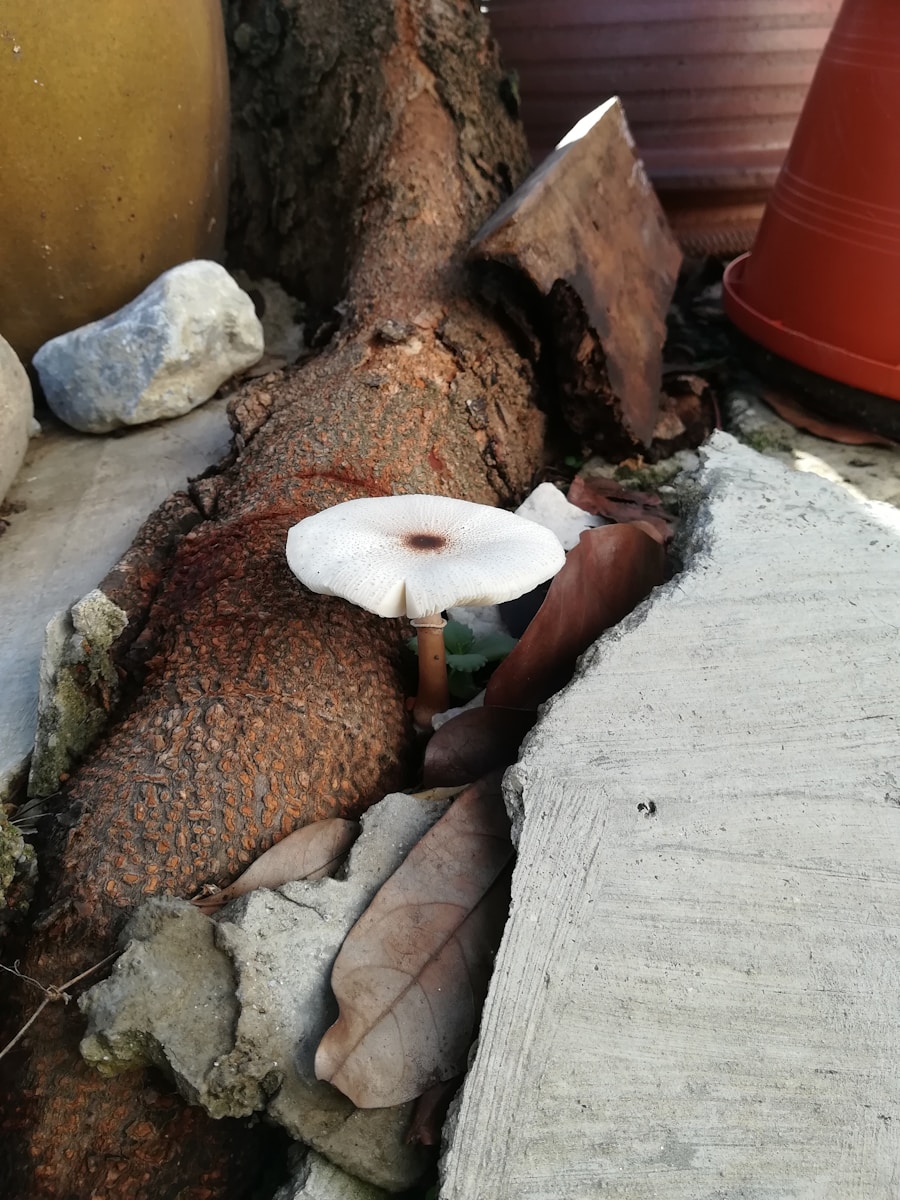Outdoor faucet leaks can be a significant nuisance for homeowners, often leading to wasted water and increased utility bills. These leaks can occur at any time, but they are particularly common during seasonal transitions when temperatures fluctuate. A leaking outdoor faucet not only creates a mess but can also lead to more severe issues, such as water damage to surrounding structures or the growth of mold and mildew.
Understanding the implications of a leak is crucial for homeowners who wish to maintain their property and conserve water. The problem of outdoor faucet leaks is not merely an inconvenience; it can also have environmental repercussions. Water wastage contributes to broader issues such as drought and resource depletion.
Homeowners may find themselves facing higher water bills, which can strain their budgets. Additionally, if left unaddressed, a small leak can escalate into a more significant problem, requiring costly repairs or even replacement of the faucet. Therefore, recognizing the importance of addressing outdoor faucet leaks promptly is essential for both financial and environmental reasons.
Key Takeaways
- Outdoor faucet leaks can lead to water wastage and potential damage to the property.
- Common causes of outdoor faucet leaks include worn-out washers, loose connections, and damaged pipes.
- To identify the source of the leak, check for visible signs of damage, inspect the hose connection, and examine the faucet handle and spout.
- When fixing the leak with the faucet turned on, tighten loose connections, replace worn-out washers, and inspect the hose for damage.
- When fixing the leak with the faucet turned off, replace the faucet handle, inspect the packing nut, and check for any cracks or damage to the faucet.
Common Causes of Outdoor Faucet Leaks
Several factors can contribute to outdoor faucet leaks, and understanding these causes is the first step toward effective resolution. One of the most common culprits is worn-out washers or O-rings. Over time, these components can degrade due to exposure to the elements, leading to leaks when the faucet is in use.
The constant expansion and contraction caused by temperature changes can exacerbate this wear and tear, making it essential for homeowners to regularly inspect these parts. Another frequent cause of leaks is improper installation or damage to the faucet itself. If a faucet is not installed correctly, it may not create a proper seal, leading to leaks.
Additionally, physical damage from freezing temperatures or impacts can compromise the integrity of the faucet. Corrosion is also a significant factor, particularly in older faucets made from metal that may have succumbed to rust over time. Identifying these common causes can help homeowners take proactive measures to prevent leaks before they become problematic.
Steps to Identify the Source of the Leak

Identifying the source of an outdoor faucet leak requires a systematic approach. Homeowners should begin by visually inspecting the faucet for any obvious signs of leakage, such as water pooling around the base or dripping from the spout. If the leak is not immediately apparent, turning on the faucet can help reveal whether the leak occurs when water is flowing or when it is turned off.
This distinction is crucial, as it can indicate different underlying issues. Once the initial inspection is complete, homeowners should check the connections and fittings for any signs of wear or damage. Loose connections can often be tightened with a wrench, while damaged parts may need replacement.
If the leak persists despite these efforts, it may be necessary to disassemble the faucet to examine internal components such as washers and O-rings. This step requires careful attention to detail, as reassembling the faucet incorrectly can lead to further complications.
Tips for Fixing the Leak When Turned On
When an outdoor faucet leaks while it is turned on, immediate action is necessary to mitigate water waste and potential damage. One effective method for addressing this issue involves tightening any loose fittings or connections. Homeowners should use an adjustable wrench to carefully tighten these components without overdoing it, as excessive force can cause further damage.
If tightening does not resolve the leak, replacing worn washers or O-rings may be necessary. To do this, homeowners should first turn off the water supply to the faucet and then disassemble it carefully. Once inside, they can remove the old washers and O-rings and replace them with new ones that match in size and type.
This simple repair can often restore functionality and eliminate leaks when the faucet is in use.
Tips for Fixing the Leak When Turned Off
Addressing a leak that occurs when the outdoor faucet is turned off requires a different approach than dealing with an active leak. Homeowners should start by checking for any visible cracks or damage in the faucet body itself. If any cracks are found, it may be necessary to replace the entire faucet, as cracks can compromise its integrity and lead to ongoing issues.
In cases where no visible damage is apparent, inspecting the internal components is essential. Homeowners should disassemble the faucet and examine the seat and stem for wear or corrosion. If these parts are damaged, they may need replacement to ensure a proper seal when the faucet is turned off.
After making any necessary repairs or replacements, reassembling the faucet carefully will help ensure that it functions correctly without leaking.
Preventing Future Leaks

Preventing future leaks in outdoor faucets involves regular maintenance and proactive measures. Homeowners should make it a habit to inspect their outdoor faucets at least once a year, looking for signs of wear or damage. This routine check can help catch potential issues before they escalate into significant problems.
Additionally, homeowners should consider winterizing their outdoor faucets before colder months arrive. This process typically involves shutting off the water supply to the faucet and draining any remaining water from the pipes to prevent freezing and subsequent damage. Installing insulated covers for outdoor faucets can also provide an extra layer of protection against harsh weather conditions that may lead to leaks.
Calling a Professional for Assistance
While many homeowners may feel comfortable tackling minor repairs themselves, there are instances when calling a professional plumber is advisable. If a leak persists despite attempts at repair or if there are signs of extensive damage, seeking professional assistance can save time and prevent further complications. A licensed plumber has the expertise and tools necessary to diagnose and address issues that may be beyond a homeowner’s capabilities.
Moreover, professionals can provide valuable insights into maintaining outdoor plumbing systems effectively. They can recommend high-quality fixtures that are less prone to leaks and offer advice on best practices for upkeep. In some cases, hiring a professional may ultimately prove more cost-effective than attempting extensive repairs independently.
Ensuring a Leak-Free Outdoor Faucet
In conclusion, outdoor faucet leaks are a common issue that homeowners must address promptly to avoid wasting water and incurring unnecessary costs. By understanding the problem’s nature and identifying common causes, homeowners can take proactive steps toward resolution. Whether fixing leaks when faucets are turned on or off, regular maintenance plays a crucial role in preventing future issues.
For those who encounter persistent problems or extensive damage, seeking professional assistance is often the best course of action. Ultimately, ensuring a leak-free outdoor faucet not only protects one’s property but also contributes positively to environmental conservation efforts by reducing water waste. By taking these steps seriously, homeowners can enjoy peace of mind knowing their outdoor plumbing systems are functioning optimally.
If you are dealing with outdoor faucet leaks when turned on and off, you may also be interested in learning about DIY bathroom vanity makeover ideas to transform your space on a budget. Check out this helpful article here for creative and cost-effective ways to update your bathroom vanity and improve the overall look of your space.






